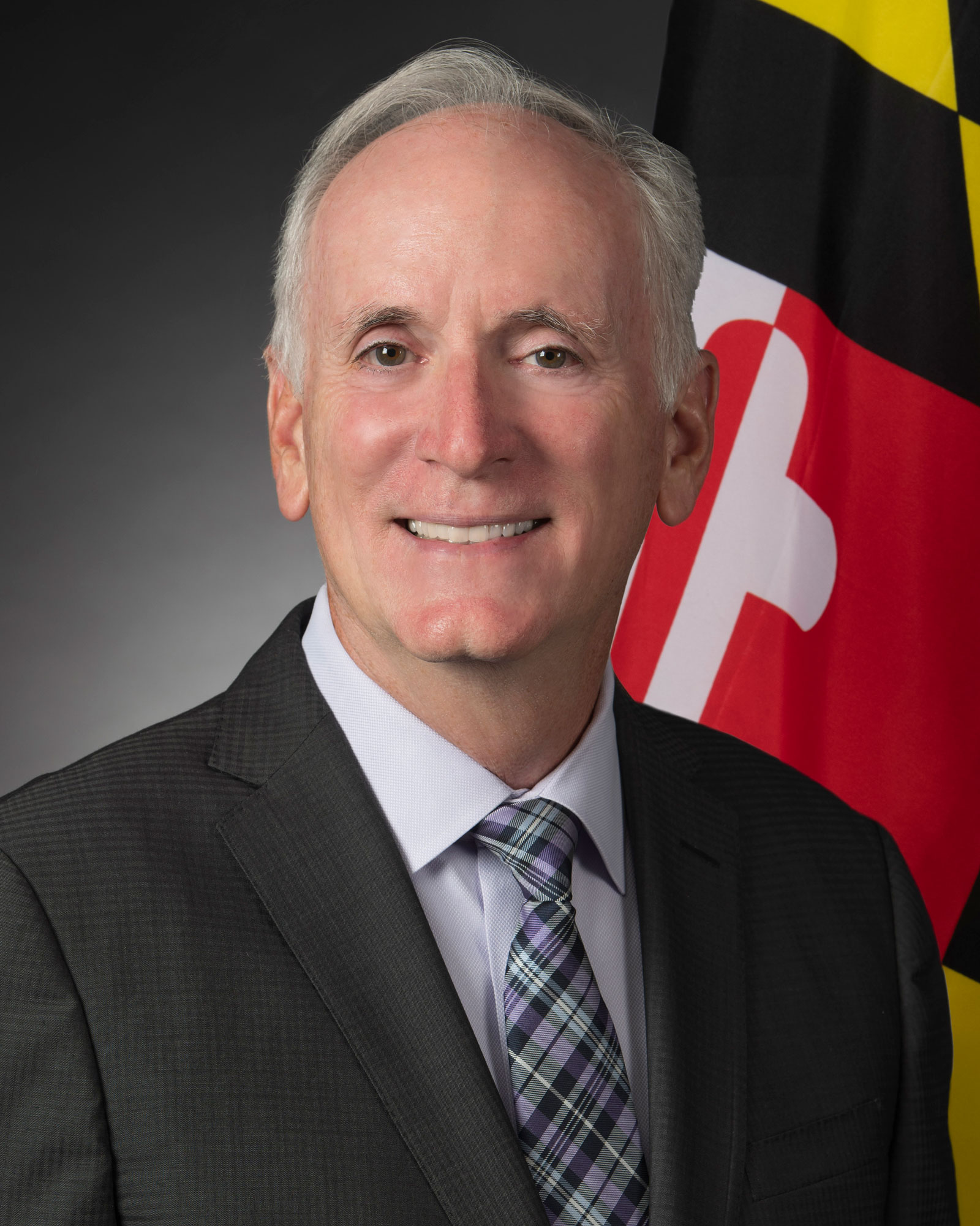Paul J. Wiedefeld
Event information
Paul J. Wiedefeld
The Baltimore Miracle: The Re-Opening of the Shipping Channel
DATE: March 19, 2025 6:00 pm
LOCATION: World Trade Center, 401 E. Pratt Street, Baltimore, MD 21202
In the early morning of March 26, 2024, a 948-foot-long cargo ship lost power and collided with the Francis Scott Key Bridge, causing it to collapse into the Patapsco River. The Baltimore Harbor, one of the United States largest ports of trade, was brought to an immediate standstill. Ships in the harbor were left stranded while others were diverted to other ports in the region.
State and federal officials were faced with a daunting task. Safely reopening the harbor required the removal of about 50,000 tons of steel and concrete from the river. Meanwhile, the state of Maryland was estimated to lose up to $15 million a day as shipping containers headed to Baltimore were rerouted to nearby states.
Just 11 weeks later, the Maryland Governor Wess Moore announced the full restoration of shipping activity to the harbor. The coordinated clean-up effort involved 56 federal, state and local agencies, and over 1,500 individual responders. The results were nothing short of miraculous. According to Governor Moore, the agencies involved “turned months into weeks – and bounced back faster than many could have ever anticipated.”
Less than a year after the accident, on February 4th, Governor Moore and the Maryland Transportation Authority unveiled designs for a new bridge, estimated to open in 2028 and cost between $1.7 billion and $1.9 billion. Our next speaker, Maryland Department of Transportation Secretary Paul J. Wiedefeld described the new bridge as a “gateway to Baltimore City, connecting communities and workers for generations to come,” and noted the use of the latest international standards for bridge safety and construction.
Join us on Wednesday, March 19, 2025 for a discussion with Secretary Wiedefeld on the collapse of the Key Bridge, the extraordinary recovery, and what this means for the future of Baltimore as a port of international trade.
Background
How the Key Bridge Collapsed in Baltimore: Maps and Photos – New York Times, March 26, 2024.
Design for Maryland’s new Key Bridge unveiled nearly a year after tragic collapse – CBS Baltimore, By Tara Lynch, JT Moodee Lockman, February 4, 2025.
How much is the Port of Baltimore’s closure disrupting US trade? – Peterson Institute for International Economics, Nicholas Sougiannis (US Naval Academy), Sherman Robinson (PIIE) and Karen Thierfelder (US Naval Academy), May 9, 2024.
What it took to reopen one of the nation’s busiest ports –On Point: an NPR radio show, By Meghna Chakrabarti and Paige Sutherland, July 02, 2024.
How resilient ports can mitigate global supply chain disruptions – World Bank, Richard Martin Humphreys, June 04, 2024.

Share:
Questions about the program?
JOIN OUR MAILING LIST
Be the First to Hear about Upcoming Speakers

The Baltimore Council on Foreign Affairs is purely a local organization in programming, governance and support.
Quick Links
Get In Touch
© BCFA All Rights Reserved.
